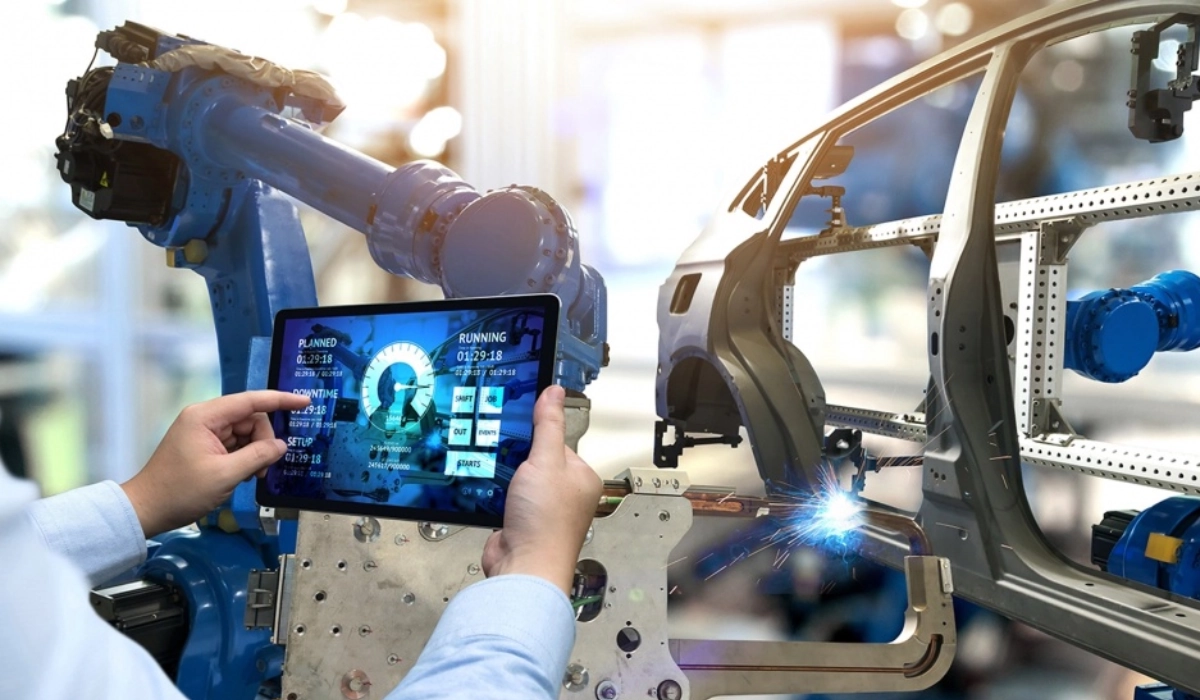5 Innovative Tools to Optimize Facilities in 2025
Facility management has evolved rapidly with the emergence of new technologies. In 2025, optimizing facilities is no longer just about maintenance and operations—it’s a comprehensive strategy that combines advanced technology and sustainable approaches.
From the adoption of Building Information Modeling (BIM) to the use of artificial intelligence (AI) for predictive maintenance, companies are transforming the way they manage their infrastructure. In this article, we explore five innovative tools leading this revolution in facility optimization.
1️. Building Information Modeling (BIM): The Foundation of Modern Optimization
BIM has evolved from being an architectural design tool to becoming an essential component of facility management. This intelligent digital model enables the visualization, analysis, and management of all aspects of a building throughout its lifecycle.
How does BIM optimize facilities?
- Comprehensive lifecycle management: BIM facilitates planning, operation, and maintenance, providing a complete view of the asset.
- Early error detection: Identifies potential conflicts before construction or renovation, reducing costs and time.
- Energy efficiency: BIM helps simulate a building’s energy performance, optimizing consumption and promoting sustainability.
Applications in 2025
In 2025, BIM integrates with technologies such as the Internet of Things (IoT) and augmented reality, providing real-time models that enhance facility management and enable proactive planning.
2️. Artificial Intelligence (AI) and Predictive Maintenance: Anticipating Problems
AI is revolutionizing how facilities are maintained and operated. By analyzing large volumes of data, AI can predict equipment failures before they occur, optimizing asset lifecycle management.
🔹 Benefits of AI-based predictive maintenance:
- Reduction of unexpected failures: AI identifies wear patterns and predicts when maintenance is needed.
- Resource optimization: Minimizes unnecessary interventions, reducing operational costs.
- Improved decision-making: Facility managers can plan with precision based on real-time data.
3️. Internet of Things (IoT): Real-Time Connectivity
IoT connects devices and systems, enabling real-time data collection. In facility management, this means total control over system performance, from HVAC to security.
🔹 How IoT improves facility optimization:
- Continuous monitoring: Advanced sensors provide real-time insights into equipment status.
- Process automation: IoT devices can automatically adjust systems such as lighting or climate control to enhance efficiency.
- Quick failure response: Automatic alerts allow immediate action in case of anomalies.
🔹 IoT trends in 2025:
With IoT integration into BIM and building management platforms, facilities will become smarter, capable of self-managing, and adapting to environmental needs.
4️. Digital Twins: Real-Time Simulation and Optimization
Digital twins are virtual replicas of physical assets that simulate their behavior in real time. This technology enables continuous monitoring, analysis, and optimization of facility performance.
🔹 Advantages of digital twins in facility management:
✅ Scenario simulation: Allows forecasting the impact of modifications before implementing them physically.
✅ Performance optimization: Real-time data enables precise adjustments to enhance operational efficiency.
✅ Proactive maintenance: Facilitates predictive maintenance by identifying potential failures before they occur.
🔹 The future of digital twins in 2025:
Combined with IoT and AI, digital twins will be crucial for comprehensive asset lifecycle management—from construction to maintenance and renovation.
5️. Building Management Systems (BMS): Total Control from a Single Dashboard
Building Management Systems (BMS) allow monitoring and controlling critical systems from a single interface. These tools integrate security, comfort, and energy consumption functions, enabling more efficient facility management.
Key features of BMS in 2025:
- Integration with other technologies: Connected with IoT, BIM, and digital twins to provide a complete building overview.
- Energy optimization: Enables real-time monitoring and adjustment of energy consumption, promoting sustainability.
- Remote management: Facilitates facility control from anywhere, increasing operational flexibility.
🔹 Impact on facility management:
These platforms are essential for efficient facility management, especially in corporate environments seeking to reduce costs and improve sustainability.
Conclusion: The Future of Facility Optimization
The integration of tools such as BIM, AI, IoT, digital twins, and BMS is transforming how organizations manage their facilities. In 2025, facility optimization will be synonymous with advanced technology, sustainability, and operational efficiency.
These innovations not only enhance productivity and reduce costs but also promote safer and more sustainable environments. Excerpt Discover 5 innovative tools that are revolutionizing facility management in 2025, from BIM to AI.



